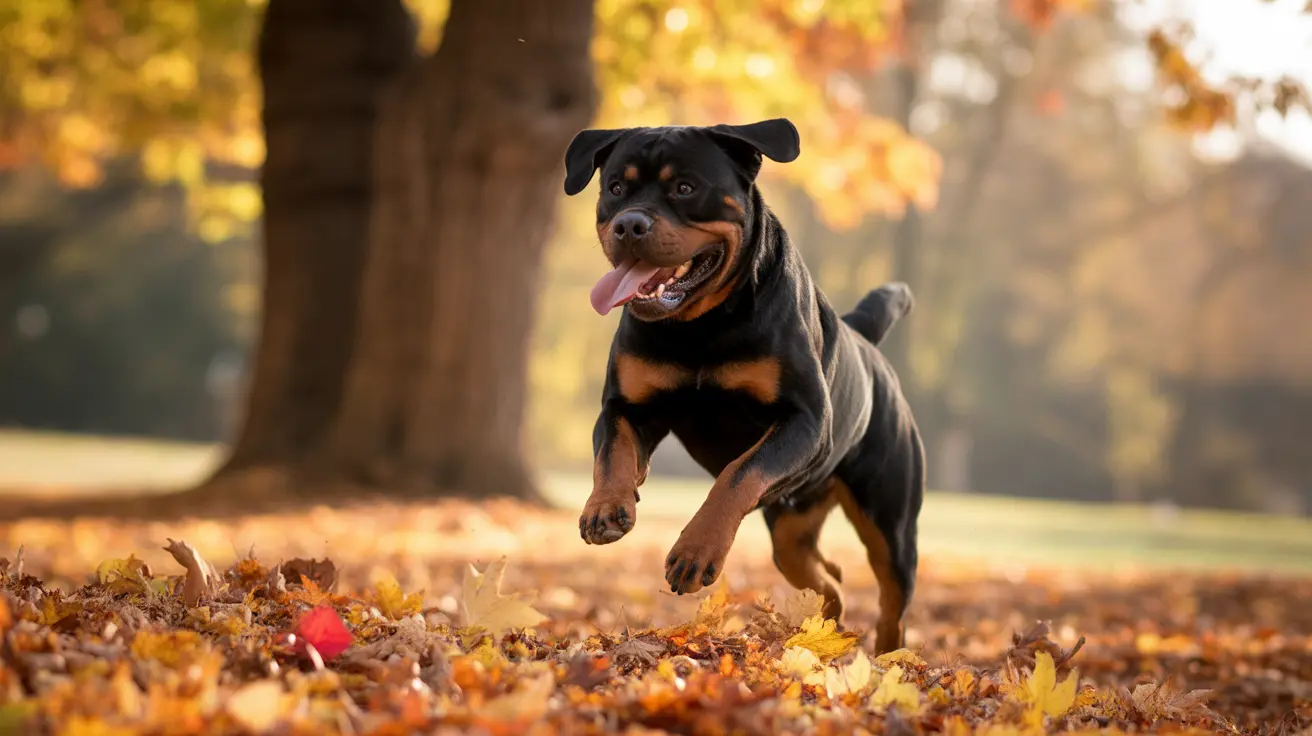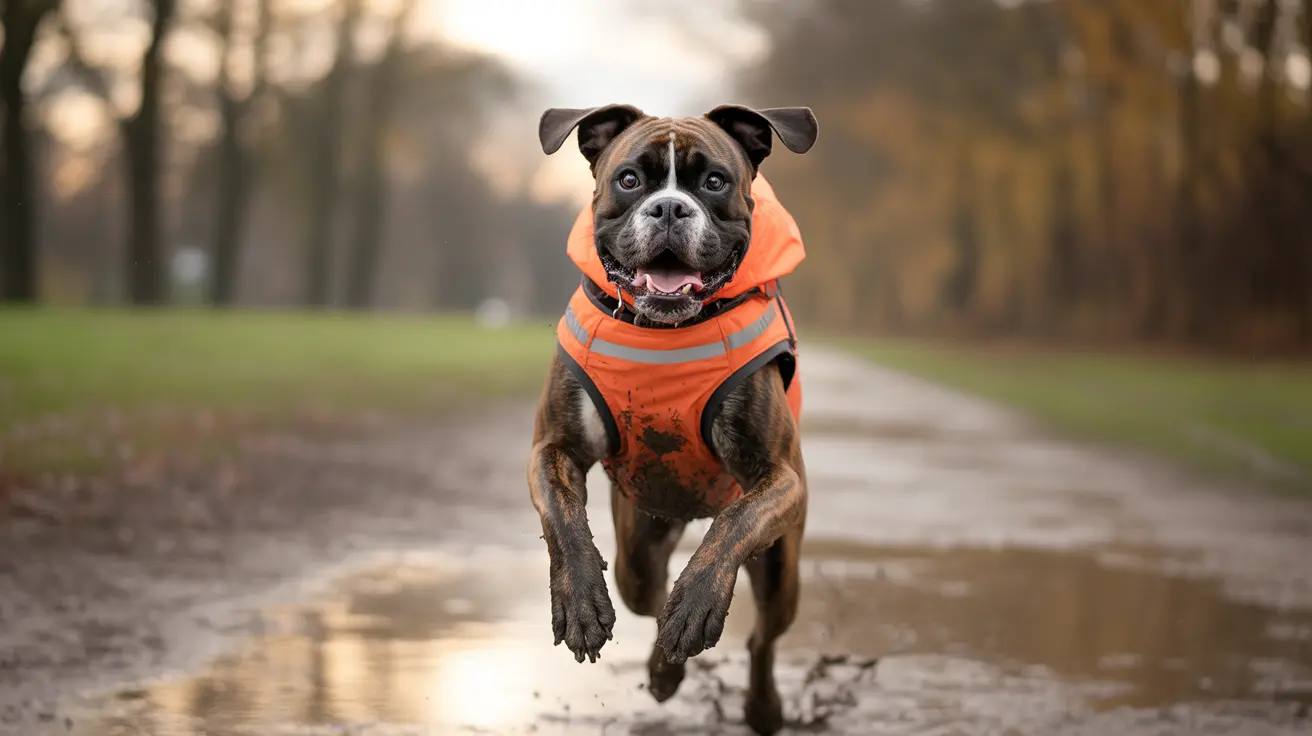Exploring Loyalty in Dogs and Cats Through Forensic Evidence
Pet owners often ask: are dogs truly more loyal than cats? This question becomes particularly poignant when considering unusual scenarios like what pets do if their owner dies and no one discovers it for a period of time. While it’s a grim subject, understanding this behavior sheds light on the complex emotional and instinctual drives of our companion animals.
Canine Loyalty: Myth or Reality?
Dogs are renowned for their loyalty, and some forensic and anecdotal accounts support this. In several cases, dogs have remained by their deceased owners' side without feeding on their bodies, even to the point of starvation.
- Guarding Behavior: Dogs may actively guard their owners' bodies and even become protective or aggressive toward first responders arriving at the scene.
- Delayed Scavenging: Dogs are less likely to consume human remains immediately after death. In some documented cases, scavenging only begins after signs of putrefaction.
- Face and Neck Focus: When dogs do scavenge, they often target facial tissues and the neck – areas associated with high scent cue concentrations indoors.
Yet, loyalty does not always override survival instincts. For instance, in a 2007 case, a Chow and a Labrador mix consumed parts of their owner's body despite having access to dog food. Another 1997 example describes a German shepherd that fed on its owner's face within hours of death. These incidents illustrate that circumstances play a significant role, and loyalty alone may not prevent natural reactions to survival-based stimuli.
Feline Selectivity: A Different Kind of Bond
Cats are often perceived as less loyal, but their behavior is shaped by different biological and psychological factors. For example, cats may begin nibbling at an owner's remains within 48 hours, especially if the body has cooled. This may appear as disloyalty, but it may stem from attempts to wake their owner or due to distress.
- Softer Tissue Focus: Cats tend to target soft facial tissues such as lips and nose.
- Selectivity: Due to a delicate digestive system and conditioned food preferences, cats are usually more selective about what they consume.
- Limited Documentation: Fewer forensic reports involve cats consuming human remains, though anecdotal evidence suggests it does occur.
Contrary to stereotype, there are reports where cats refrained from feeding on owners' bodies when dogs did not. In at least one forensic case, cats left the body untouched while the household dog scavenged.
The Role of Circumstance in Pet Behavior
Both dogs and cats exhibit scavenging behavior under conditions of isolation and distress. Factors influencing whether and when a pet may engage in such behavior include:
- Access to food: Scavenging has been reported even in homes where pet food is present.
- Time since death: Most cases occur after 1–2 days of decomposition.
- Pet’s breed and temperament: Certain breeds may be more predisposed to survival-based eating behavior.
- Attempts to awaken owner: Initial licking or nudging can escalate into biting, especially if blood is tasted.
The forensic implications of pet scavenging are considerable. Injuries caused by pets can obscure signs of violence or natural causes of death. Experts recommend thorough crime scene documentation, including pet behavior patterns, fur sampling, and checking pet feces for human tissue or chemicals.
Preventive Measures and Ethical Considerations
While unpleasant to contemplate, owners may consider how to reduce the risk of becoming a forensic subject of pet scavenging.
- Welfare checks: Regular contact from friends or neighbors can ensure faster discovery in the event of sudden death.
- Home monitoring systems: Devices that detect lack of movement or unresponsiveness might alert others sooner.
- Clear end-of-life plans: Providing information about pets to emergency contacts ensures quicker care.
Ironically, some pet owners express comfort in knowing their death might help a beloved pet survive a traumatic isolation period. From this perspective, postmortem consumption is not an act of betrayal but rather a fusion of survival instinct and emotional distress.
Conclusion: No Simple Answer
Determining whether dogs are more loyal than cats requires moving past stereotypes and examining actions in context. Forensic cases suggest dogs may delay scavenging longer and exhibit protective behavior post-mortem, but both species are capable of consuming dead owners under extreme stress. This behavior seems less about loyalty vs. disloyalty and more about survival and emotional capability when left alone with no food or assistance.
Ultimately, both dogs and cats demonstrate strong attachments to humans, but their responses to trauma, isolation, and instinct differ. Rather than labeling one as more 'loyal,' perhaps the focus should be on understanding these complex dynamics and ensuring our pets and ourselves are looked after should tragedy strike alone.





